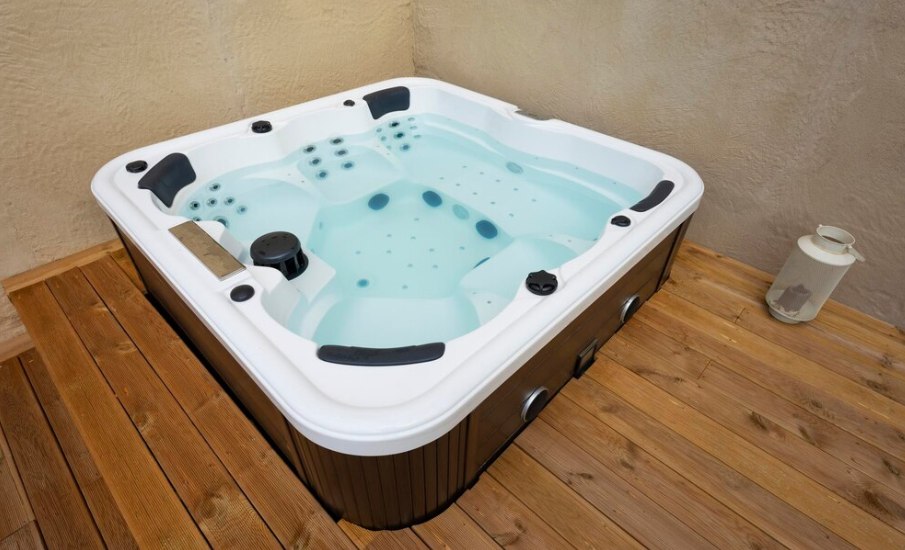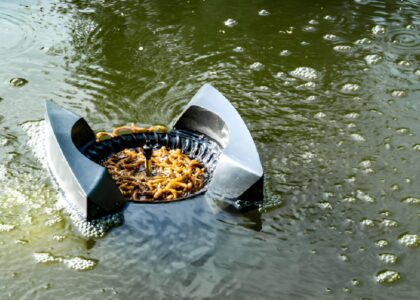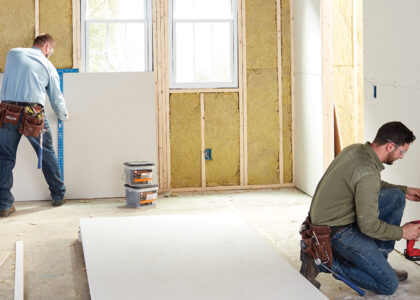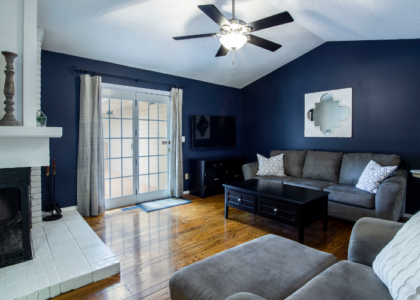Hot tubs can transform your backyard into a private oasis of relaxation and fun. Installing one, however, involves careful planning and preparation to ensure a smooth and successful setup. Whether you’re a first-time buyer or upgrading from an old model, understanding the essentials of hot tub install is crucial. Here’s your ultimate guide to navigating this process.
1. Choosing the Right Hot Tub
Before diving into the installation process, it’s essential to select a hot tub that suits your needs. Consider factors such as size, features, and capacity. Hot tubs come in various styles, from compact models ideal for small spaces to large, luxurious versions designed for family gatherings. Look for features like adjustable jets, built-in lighting, and energy-efficient systems. Consulting with a professional can help you make the best choice based on your preferences and the space available.
2. Preparing the Site
Proper site preparation is key to a successful Hot Tub Install. Here are the main steps:
- Location: Choose a location that is both convenient and practical. Ensure it is close to your home for easy access but far enough from trees and other potential hazards. Consider how the placement will affect privacy and aesthetics.
- Surface: The surface where the hot tub will sit must be level and sturdy. Options include a concrete slab, a deck, or a specialized hot tub pad. Ensure the surface can support the weight of the filled hot tub, which can be substantial.
- Access: Ensure there is ample space around the hot tub for maintenance and repair. Clear any obstacles that might hinder access to the installation site.
3. Electrical Requirements
Hot tubs require a dedicated electrical supply, typically 220-240 volts, depending on the model. It’s essential to adhere to local building codes and safety regulations. Here’s what you need to know:
- Professional Wiring: Hire a licensed electrician to handle the wiring. They will install a dedicated circuit and ensure the connections are safe and up to code.
- GFCI Protection: Your hot tub must be connected to a Ground Fault Circuit Interrupter (GFCI) for safety. This device detects electrical imbalances and cuts power if necessary to prevent shocks.
4. Plumbing and Water Supply
Although most hot tubs are pre-plumbed, you may need to connect them to a water supply and drainage system. Here are some key points:
- Water Source: Ensure you have access to a clean water source for filling the hot tub. A garden hose is usually sufficient, but verify the connection requirements.
- Drainage: Proper drainage is crucial for both maintenance and during the initial fill. Some hot tubs come with built-in drainage systems, but if yours doesn’t, plan for a drainage solution to handle the water.
5. Hot Tub Installation
Once you’ve prepared the site and arranged for electrical and plumbing connections, it’s time to install the hot tub. Follow these steps:
- Positioning: Carefully move the hot tub to the prepared site. If it’s heavy or bulky, use a crane or dolly to avoid damage to your property.
- Leveling: Ensure the hot tub is perfectly level. Uneven placement can cause stress on the structure and affect the performance of the jets and other features.
- Connecting Utilities: Connect the hot tub to the electrical supply and water source. Double-check all connections for leaks or potential issues.
6. Filling and Testing
With the hot tub in place and connected, it’s time to fill it with water. Follow these steps:
- Initial Fill: Fill the hot tub slowly to avoid any sudden pressure changes. Check for leaks during the filling process.
- Testing: Once filled, turn on the hot tub and let it run for a few hours. Test the jets, heating system, and other features to ensure everything functions correctly. Check for any leaks or malfunctions.
7. Maintenance and Care
Proper maintenance is essential for prolonging the life of your hot tub and ensuring a clean and safe experience. Regularly check and maintain:
- Water Chemistry: Test and balance the water’s pH, alkalinity, and sanitizer levels.
- Filters: Clean or replace filters according to the manufacturer’s recommendations.
- Covers: Use a cover to keep debris out of the water and maintain temperature.
8. Professional Assistance
While DIY installation is possible, many homeowners opt for professional hot tub install services to ensure everything is done correctly. Professionals can handle site preparation, electrical work, and plumbing, providing peace of mind and a flawless installation.
Conclusion
Installing a hot tub is a significant investment in your home’s comfort and enjoyment. By carefully selecting the right hot tub, preparing the site, handling electrical and plumbing requirements, and considering professional installation, you can ensure a successful hot tub install. With the right setup, your hot tub will be ready to offer years of relaxation and pleasure.






